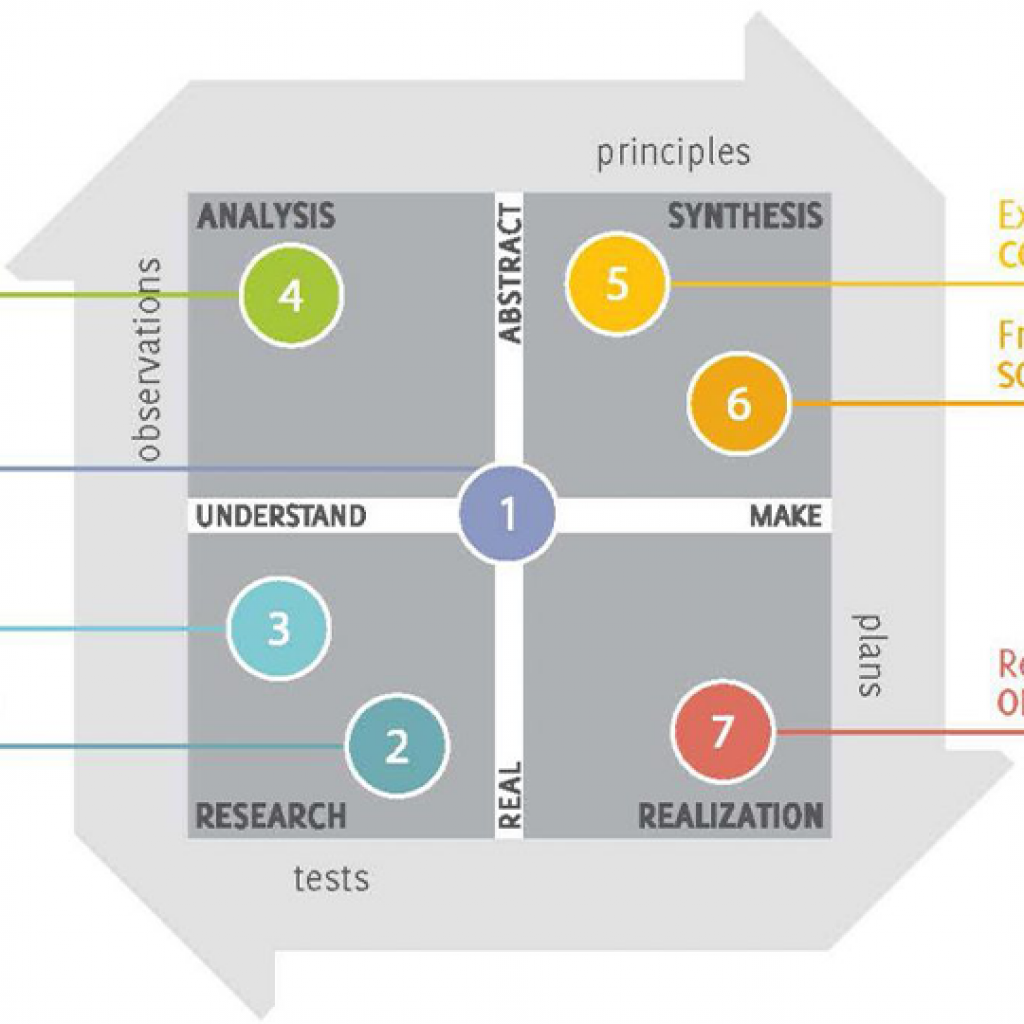
Design Thinking Can Help Churches Serve Young People
By D. Dale Walker
Part 2 of 2
One of the defining characteristics of the American church is its entrepreneurial spirit. Innovations like Methodism and Mormonism took deep root in this country, as did radio and television ministries. Parachurch organizations provide the clearest tokens of individual initiative in religious practices. If the institutional church can’t keep up with individuals’ ideas, then people launch their own religious start-ups. Innovation is in our blood, and we don’t hold ourselves in check at the church doors.
Many new ideas arise from the particularities of circumstances or individuals, which is to say that they are the result of luck. Organizations, however, can’t wait for lightning to strike. They must regularize innovation, which design can do. Design mentalities and methods provide a process for problem-solving anywhere, including in the church. For example, if a church wants to identify a new program area to pursue or a strategy to address a particular challenge, a design process provides a useful map to follow.
A Design Thinking Process
If we take the declining interest of young people in institutional religion as a challenge to investigate, how might we approach this? Vijay Kumar outlines a design thinking process in his important book, 101 Design Methods: A Structural Approach for Driving Innovation in Your Organization (John Wiley & Sons, 2012), on which the following relies.

- Observe. Ask young people why they are not interested in attending or participating in church. The reasons may sound stereotypical (e.g., boredom, hypocrisy of believers, preference for “spirituality,” don’t believe in God), but you also might be surprised. But realistically, this question isn’t likely to garner the best insights, because it’s too direct. Press deeper to try to find unrecognized factors. Learn what matters to young people. Find out what they care about and what difference they want to make in the world. Compare the experiences they find meaningful with what they experience at church. Also investigate the environment around the youth to uncover how it affects their attitudes and opinions. What messages do they respond to? And what kinds of offerings and services? What days and times are convenient for them? How do they interact with others? How do teens live their lives? How do they make connections? What are their aspirations? How do they craft meaning? How do they express emotions? Teens are not seeking church per se. Walk in their shoes to gain empathy. Watch to see what they actually do. Then talk with them to hear what they say. Now you are ready to define problems and pursue solutions.
- Analyze. Based on your observations, generate insights. Designers put individual items on post-it notes and then cluster them in different ways, identifying patterns, themes, or common attributes to generate insights. Mapping, diagramming, and visualizing are useful methods at this point, as you try to provide structure to your observations. Models or other thought tools help organize observations into more coherent wholes, e.g., mapping the customer journey, mapping the flow of value, or diagramming the context so you can see it as a system. Take what you learn and abstract upward to a limited set of actionable prescriptions to guide further deliberations.
- Synthesize. Explore the insights and principles created during the previous stage and generate ideas. Here brainstorming enters the process, not in a vacuum but informed by the previous two stages. Metaphors and analogies stimulate productive brainstorming, whose results can be filtered by arranging ideas into systems or narratives. Ideas that can fit into larger wholes will provide the most value. Systemizing ideas leads to proposals.
- Make. Take a preliminary proposal and try it out, simply and quickly, to see what more you can learn. This prototype will likely lead you back to analysis and a subsequent round of thinking and solving. You may proceed through this process multiple times, creating a series of iterations that finally leads you to an effective solution, one built around peoples’ experiences and delivering true value.
Involve Young People
Who participates in this process? Involving young people themselves will give them ownership and greater enthusiasm for the outcomes. Church leadership must tread carefully. If they insert themselves as experts, they can hobble creativity. Observation and analysis are times for “yes/and,” not critique, which needs to wait until after brainstorming. A truism among designers is that the first idea is rarely the best idea. Observation and brainstorming have to proceed unfiltered precisely to push beyond preconceptions and yield the broadest possible array of insights.
Involving young people themselves will give them ownership and greater enthusiasm for the outcomes. Church leadership must tread carefully.
What I have described may be familiar to some church members, because architectural planning often uses a design approach. If your church has built a new wing, for example, you might have engaged in a design process. Maybe you participated in charettes, assessing needs, identifying goals, and proposing solutions. Or you may have studied a maquette, which uses models and sketches, in order to think and see more concretely what a structure might look like, how it might occupy a space. Such exercises are iterative, stimulating more ideas and leading to subsequent rounds of deliberation and planning.
My point in this blog is that a similar process can be applied to church services and ministries, including the challenge of how to interact meaningfully with young people. If you are looking for answers, a design approach can guide you to insights.
D. Dale Walker is deputy director of major gifts at the Museum of Science and Industry, Chicago. He earned a PhD at the University of Chicago and published his second book with Anselm Academic: Beyond the Obvious: Doorways to Understanding the New Testament (2014), in which he directly addresses his interest in creativity. While working at IIT Institute of Design he spent four years in conversation with thought leaders in human-centered design.

